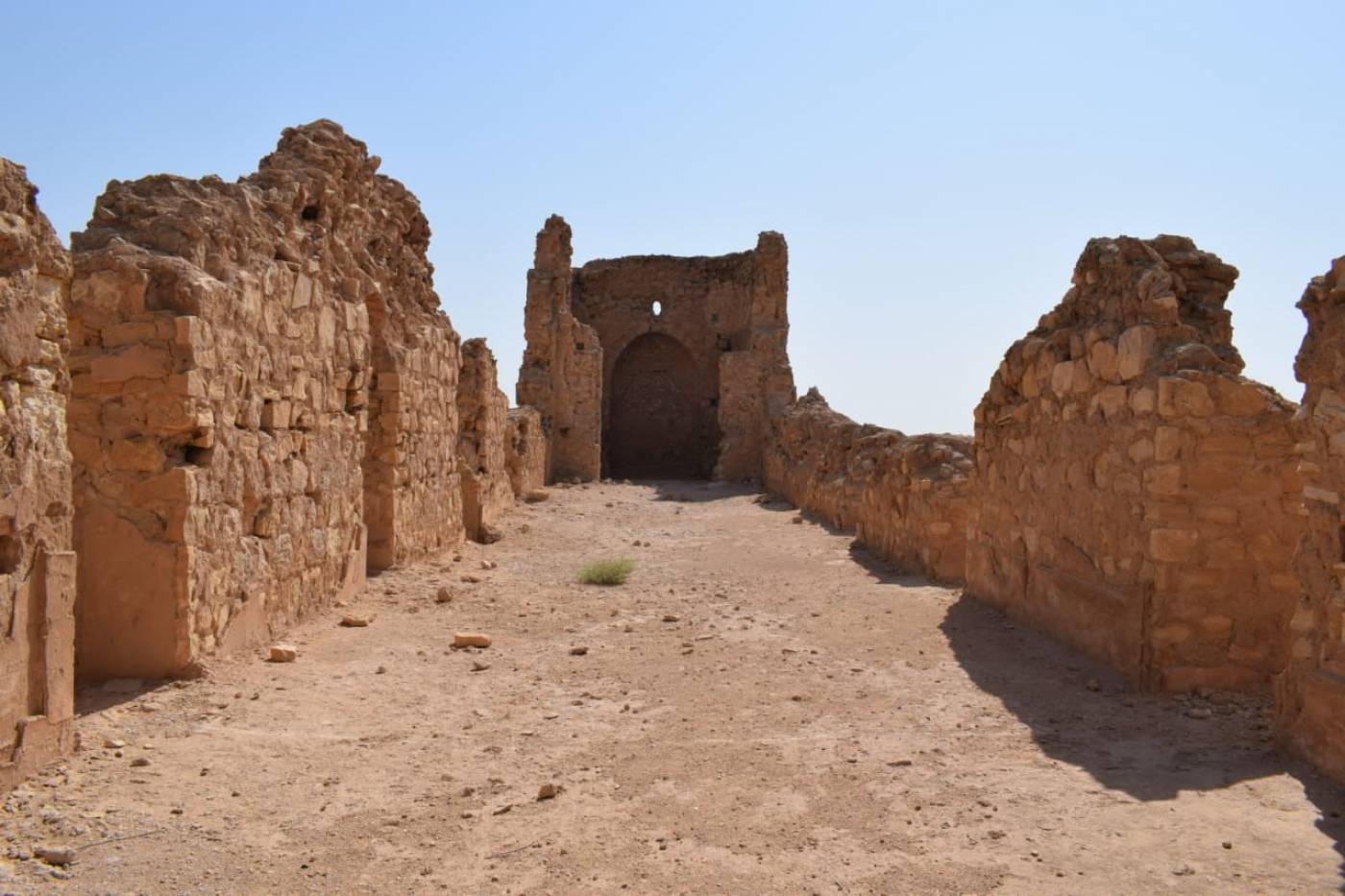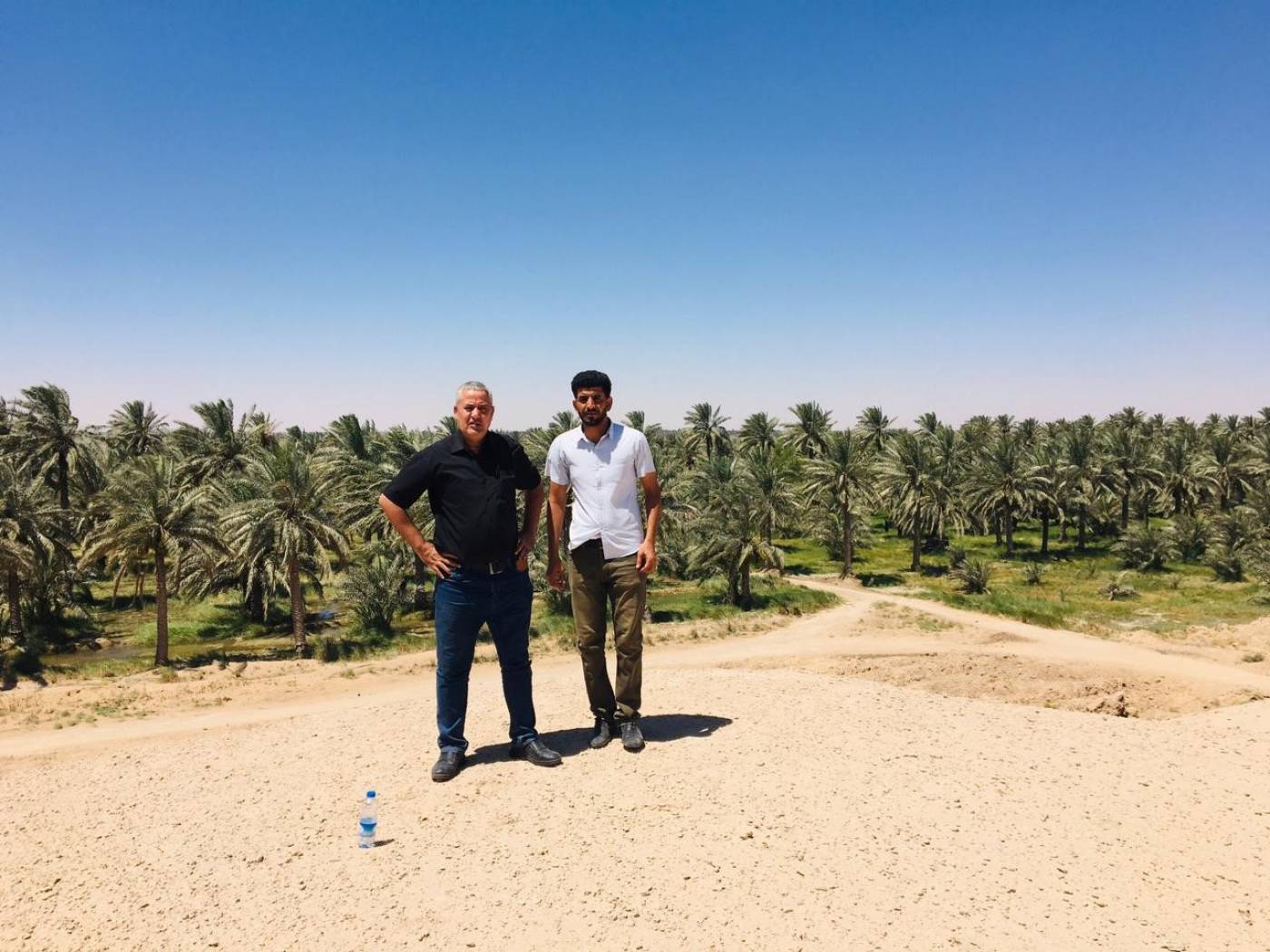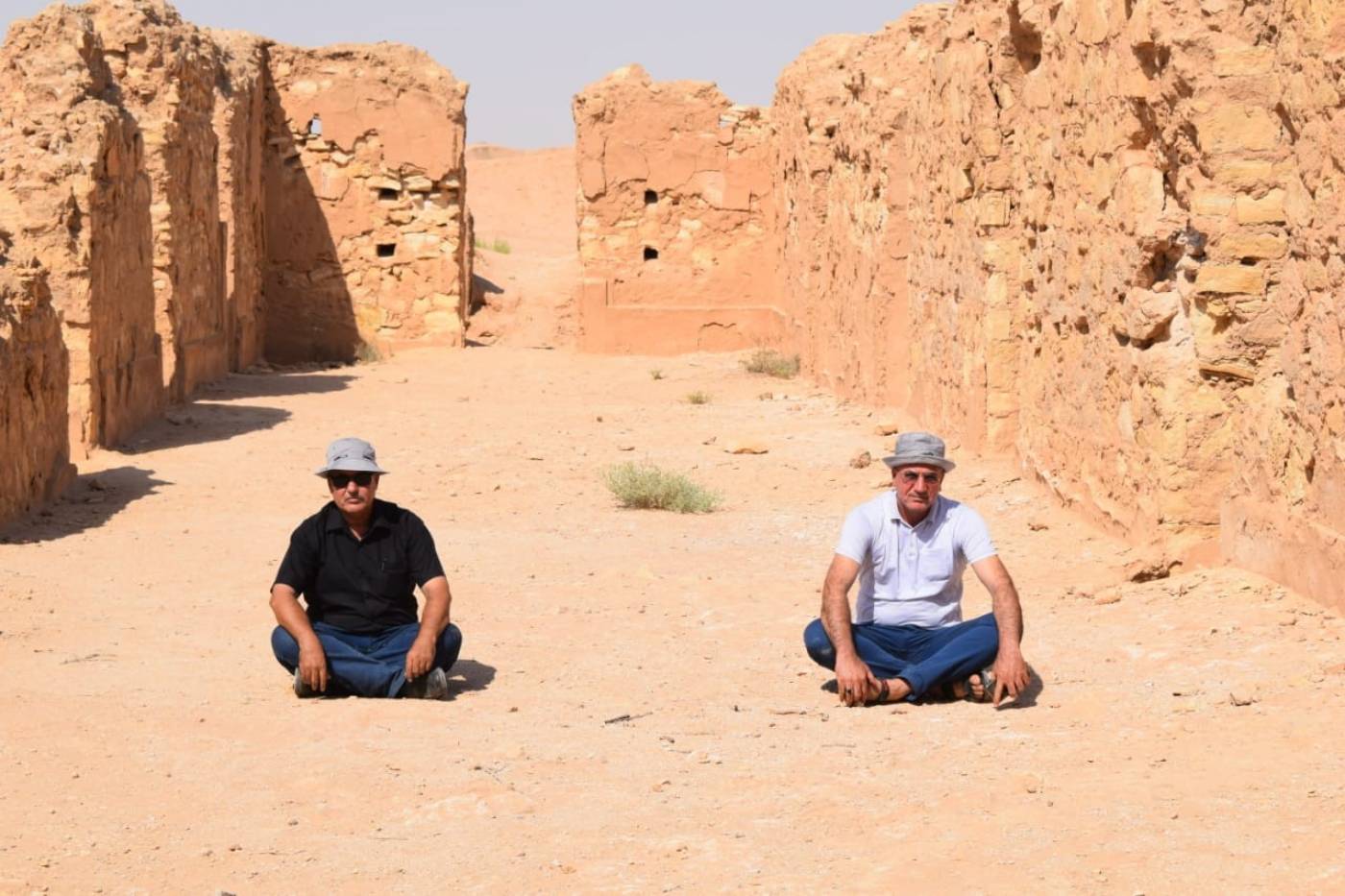Given the religious importance of Najaf, Kufa and Karbala, where these cities are considered the capitals of Shiism in Iraq and the world, Christian heritage in the governorate is marginalized and not well known to the locals. Najaf's connections to other cultures and histories are integral to the cultural diversity of Iraq and especially of Al-Hira region. Unfortunately, it has been neglected and degraded over the past few decades. There are tens of Christian heritage-related archaeological sites such as cemeteries, churches, and monasteries, which have not been documented and lie in ruin.
The main objective of this project that is led by Kufa University, is to document and promote Iraqi Christian heritage of Al-Hira in Najaf. The team introduces the Najafi community to the cultural diversity of the region and raising the awareness of scholars, children, tribal leaders, civil society organizations, and the general public about the importance of Christian heritage in Najaf with the hopes that is awareness will preserve the sites from vandalism and neglect.
Watch video from the Nahrein Network Colloquium to learn more about the project.
Introducing the Najafi community to the cultural diversity of the region and raising the awareness of scholars, children, tribal leaders, civil society organizations, and the general public about the importance of the heritage of Christ in Najaf and its symbolism for Iraq and all Arabs Combating the discourse that paints Arabs and Iraq before Islam with ignorance, Bedouin and underdevelopment by highlighting the diverse and rich cultural heritage of the Al-Hirah kingdom Documentation Classifying all archaeological sites, preserving them in a specialized site, and introducing them to the Iraqi and Najafi community in particular.
Research Design and Methodology
- The research was based on a mixed methodology which depended on collecting and refining library data from available references and institutions, according to a special form that provides a paper on the origin of each site or artifact, its discovery date and details.
- The research team was trained via zoom on how to fill out questionnaire forms and identification papers during interviews.
- 80% of the documentation process focused on a mixture of tangible heritage (potteries, tombs, inscriptions, buildings) and 20% on intangible heritage, such as studying the relationship between modern Najaf and Al-Hira (names of people and places, architectural style, dialect, traditions, proverbs)
- Extensive fieldwork to document and photograph the various sites and pieces, as well as categorizing them in a specialized database.
- The team conducted interviews based on a scientific questionnaire about the opinion of the influential groups in the Najafi society regarding the history of the worshipers of Al-Heera, including various Shiite institutions, archaeologists, historians, NGOs, businessmen.



 Close
Close

